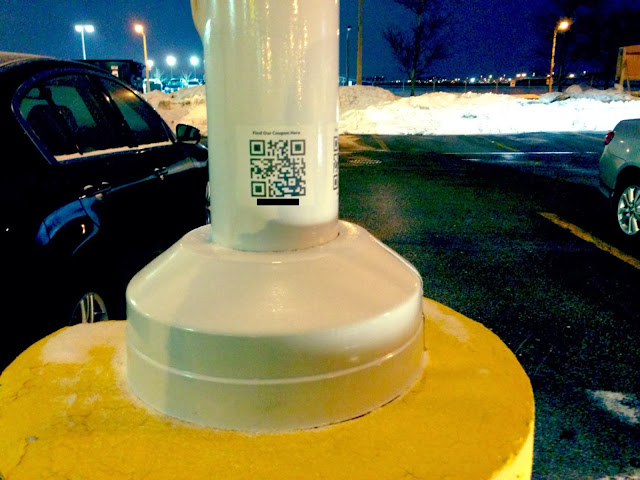Of all the malware, Ransomware terrifies me… imagine your entire digital life is held hostage.
The Attack
How it works: a message takes over the screen > hi your entire computer is locked, along with all your files > want the key? > pay the ransom > get key, unlock (more here)
The bigger problem is whether or not to pay, because there’s no definitive evidence which is more successful.
Possible Scenarios – pay, they want more, withhold key / pay, they keep their word and send key / don’t pay, and you haven’t backed up in 7 months, imagine the cleanup and rebuilding
The keynote speaker at the recent SecTor security conference manages the Secret Service’s Cyber Intelligence Section, and even those guys haven’t seen a pattern. Jason B. Brown says it’s consistently 50/50 the key will actually be sent, so they don’t feel comfortable advising either way.
(how to edit a photo before uploading here)
The Defence:
– Think before clicking
– Weekly backups
– Strong passwords, stored in a password manager
– Surf stupid sites on a laptop that’s independent of your online life. No using it to log into email or social media accounts. Photos and documents are moved to your main computer, then deleted. Oh you locked up my empty hard-drive? Wipe & rebuild.
Blog tag = SecTor







